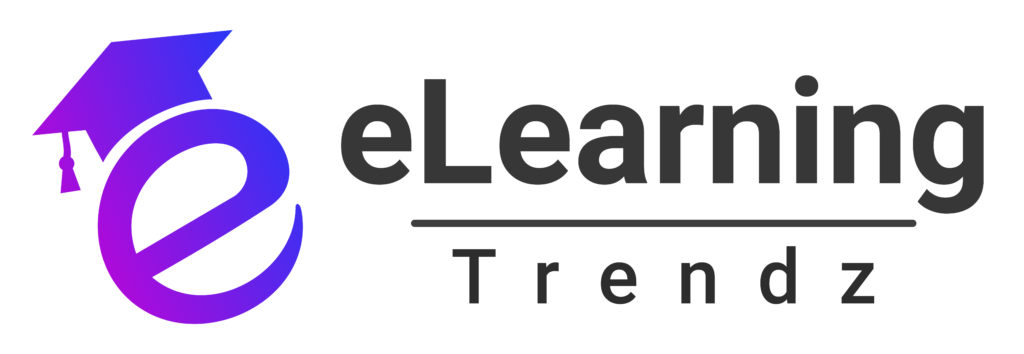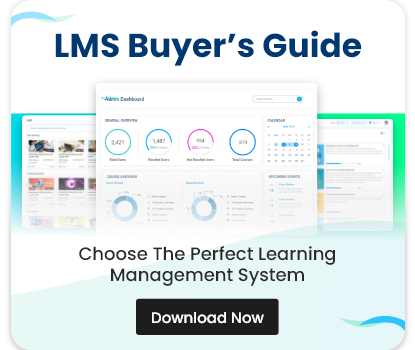In the modern workplace, organizations rely on a variety of tools to enhance employee development and performance. Two of the most commonly used platforms are Learning Management Systems (LMS) and Performance Management Software. While both are designed to improve workforce effectiveness, they serve distinct purposes and offer unique features. However, there are also areas where their functionalities overlap.
In this blog, we’ll break down the differences and overlaps between LMS and performance management software, helping you understand which tool (or combination of tools) is best suited for your organization’s needs.
What is a Learning Management System (LMS)?
A Learning Management System (LMS) is a software platform designed to deliver, track, and manage employee training and development programs. It is primarily focused on learning and skill-building. Key features of an LMS include:
- Course Delivery: Hosting and delivering online training courses, videos, and resources.
- Progress Tracking: Monitoring course completion rates, quiz scores, and skill acquisition.
- Certification Management: Issuing and tracking certifications for completed training programs.
- Personalized Learning Paths: Creating customized training plans based on individual roles and goals.
- Reporting and Analytics: Providing insights into training effectiveness and employee progress.
An LMS is ideal for organizations looking to centralize their training efforts, upskill employees, and ensure compliance with industry standards.
What is Performance Management Software?
Performance Management Software is a tool designed to evaluate and improve employee performance. It focuses on setting goals, providing feedback, and tracking progress toward organizational objectives. Key features of performance management software include:
- Goal Setting: Defining and aligning individual and team goals with organizational objectives.
- Performance Reviews: Conducting regular evaluations and providing constructive feedback.
- 360-Degree Feedback: Collecting input from peers, managers, and subordinates for a holistic performance assessment.
- Performance Tracking: Monitoring progress toward goals and identifying areas for improvement.
- Recognition and Rewards: Celebrating achievements and motivating employees through recognition programs.
Performance management software is ideal for organizations focused on improving employee productivity, engagement, and alignment with business goals.
Key Differences Between LMS and Performance Management Software
While both tools aim to enhance employee effectiveness, they differ in their primary focus and functionality:
Aspect | LMS | Performance Management Software |
Primary Purpose | Delivering and tracking training programs | Evaluating and improving employee performance |
Focus | Skill development and learning | Goal achievement and performance evaluation |
Key Features | Course delivery, certifications, analytics | Goal setting, performance reviews, feedback |
Ideal Use Case | Upskilling employees, compliance training | Performance reviews, productivity improvement |
Where LMS and Performance Management Software Overlap
Despite their differences, LMS and performance management software share some common ground. These overlaps can be leveraged to create a more integrated approach to employee development and performance:
- Goal Alignment:
Both tools can be used to align employee goals with organizational objectives. An LMS can support goal achievement by providing relevant training, while performance management software tracks progress toward those goals. - Skill Development:
Performance management software identifies skill gaps, and an LMS addresses them through targeted training programs. - Data-Driven Insights:
Both platforms provide analytics and reporting features, enabling organizations to make data-driven decisions about employee development and performance. - Employee Engagement:
By combining learning opportunities (LMS) with regular feedback and recognition (performance management software), organizations can boost employee engagement and motivation.
Choosing the Right Tool for Your Organization
The choice between an LMS and performance management software depends on your organization’s specific needs:
- Choose an LMS if:
- Your primary focus is on employee training and skill development.
- You need to deliver and track compliance training or certifications.
- You want to centralize learning resources and create personalized learning paths.
- Choose Performance Management Software if:
- Your goal is to improve employee performance and productivity.
- You need a system for setting goals, conducting reviews, and providing feedback.
- You want to align individual performance with organizational objectives.
- Consider Both if:
- You want a comprehensive solution that combines learning and performance management.
- You’re looking to create a seamless employee development and evaluation process.
Integrating LMS and Performance Management Software
For organizations looking to maximize the benefits of both tools, integration is key. Here’s how you can combine LMS and performance management software for a holistic approach:
- Identify Skill Gaps: Use performance management software to identify areas where employees need improvement.
- Deliver Targeted Training: Leverage your LMS to provide training programs that address these gaps.
- Track Progress: Monitor both learning progress (LMS) and performance improvements (performance management software).
- Provide Feedback: Use performance management software to give employees constructive feedback on their development.
- Celebrate Success: Recognize achievements in both learning and performance to keep employees motivated.
Conclusion
While LMS and performance management software serve different purposes, they are both essential tools for fostering employee growth and organizational success. Understanding their differences and overlaps allows you to make informed decisions about which tool—or combination of tools—is right for your organization.
By integrating learning and performance management, you can create a cohesive strategy that not only develops skills but also drives productivity, engagement, and alignment with business goals. Whether you choose one tool or both, the key is to leverage their strengths to unlock your team’s full potential.









